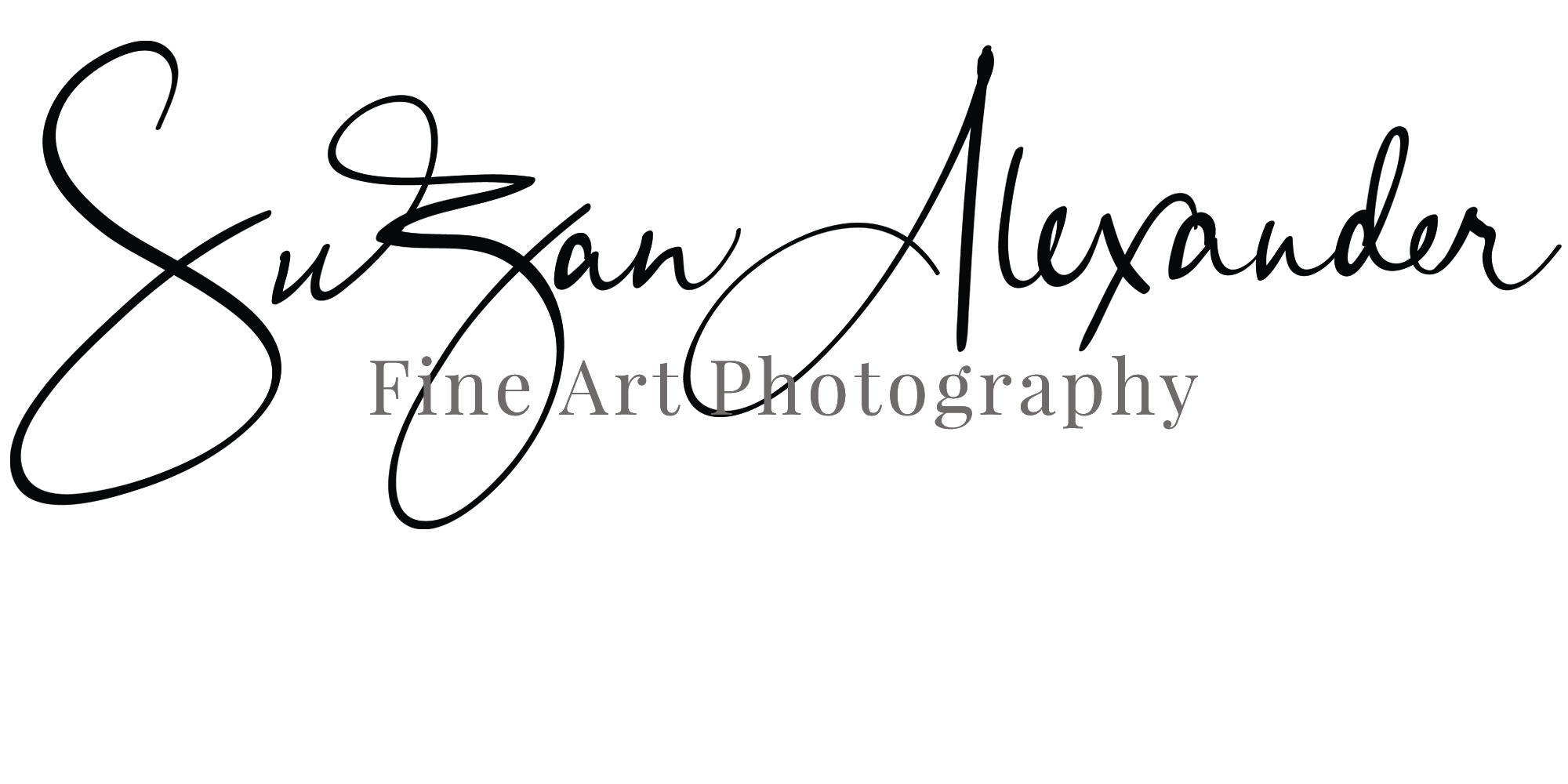Warhol and the Pop Art Movement
warholpaint
In the 1960s, Andy Warhol was already enjoying a successful career as an illustrator and graphic designer in New York. As any creative will tell you, once you are on a mission to define your own personal creative style/creative voice, you seem to ask everyone what your focus should be. I think we are in search of that perfect answer that will set us on our path, and provide the key to unlock the mysterious, illusive style that we can claim as our own. What others see in our work seems to be where we start.
It was on this very same journey of asking what to paint, that Andy Warhol found his creative magic.
As luck would have it, the Pop Art Movement was a perfect fit for Andy Warhol and his mass produced images.
So, what IS Pop Art?
Pop Art is a Modern Art movement that began in the mid-1950s – early 1970s in both Britain and the United States. However, it is most associated with the United States artists like Andy Warhol, Roy Lichtenstein, Robert Rauschenberg, and David Hockney to name a few. It was ushered in on the heels of Abstract Expressionism. And, where Abstract Expressionism was focused on emotional connection, Pop Art was more focused on the opposite. The subjects were identifiable imagery, often mass produced, with common themes of consumerism, advertising, mass media, and popular culture.
Most of the Pop Artists were young themselves, which allowed them to relate to the youth of that era and its enthusiasm. It was this wide appeal to the youthful generation that probably factored in to the media’s part in popularizing Pop Art. No doubt the popularity of the new generation of pop singers and film stars played a part in media support. This subject matter and appeal seemed to dovetail with the support of the art movement perfectly.
For Mr. Warhol, it may have started with painting money, but it became much more. I think it could be argued that Andy Warhol became synonymous with Pop Art. I also think that, like the superficial view of Pop Art, there is a deeper meaning. Similarly, Andy Warhol himself seemed to portray himself in a rather simple fashion, but I find him to be a complex, multi-layered person. The irony of this quote entertains me:
file_000-6
Come back next week so we can talk about Andy Warhol’s contribution to the Pop Art movement.
(Sources: The Story of Modern Art by Norbert Lynton, The Andy Warhol Museum)








